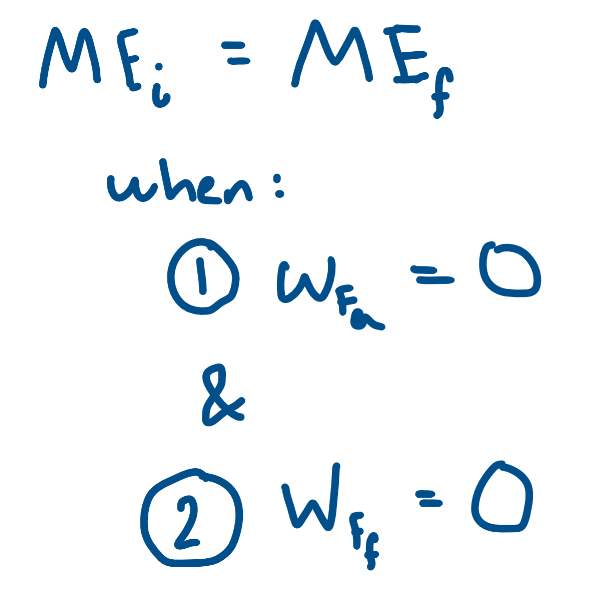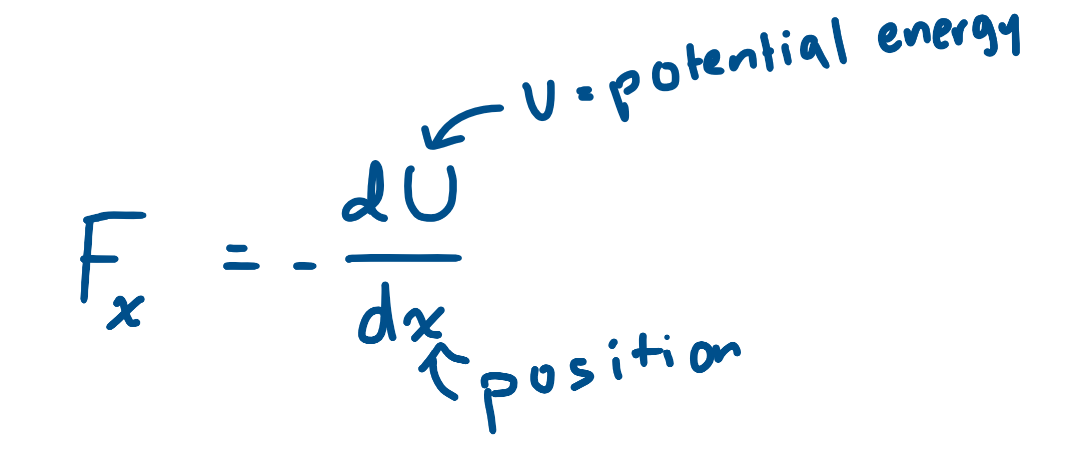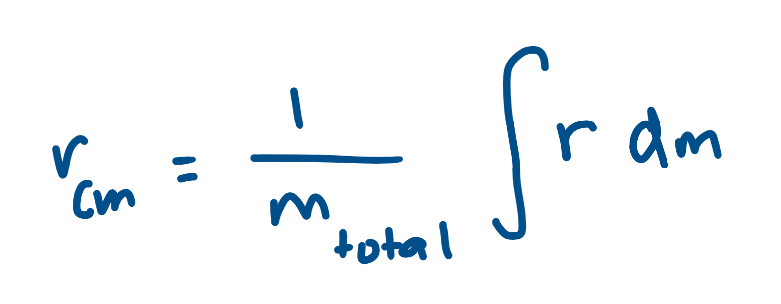AP Physics C Mech Exam Cram
1/18
Earn XP
Description and Tags
Name | Mastery | Learn | Test | Matching | Spaced |
|---|
No study sessions yet.
19 Terms
Other Uniformly Accelerated Motion Equation

Force of Gravity Perpendicular to an Incline

Force of Gravity Parallel to an Incline

Work/Kinetic Energy

Conservation of Mechanical Energy

FORCE!!! ALMOST GUARANTEED TO SHOW UP ON AP EXAM

Center of Mass of a Rigid Object with Shape

Newton’s 3 Laws
Inertia, F=ma, Action/Reaction
Kepler’s 3 Laws
Law of Oval Paths (planets move in elliptical orbits with the sun as one of the foci/centers of the ellipse)
The Law of Speedy Corners (planets “sweep” [like a windshield wiper] same area of space in the same amount of time, regardless of their place in orbit)
The Law of Far & Slow, Near & Quick (a planet’s orbital period is proportional to the orbital size)
Impulse

Newton’s Universal Law of Gravity
Kepler’s First Law
Kepler’s Second Law
Kepler’s Third Law
Rotational Mass/Moment of Inertia
∫r²dm
For rods, remember λ = m/L = dm/dx, rearrange to make λ dx = dm, therefore (m/L)dx = dm
Also, pay attention to the rotational axis — will determine the limits of the integral
Parallel Axis Theorem (NOT ON EQUATION SHEET)
I = Icm + mD²
If yk the moment of inertia of a rigid object abt its center of mass and that object has uniform density, you can figure out the moment of inertia abt some other axis using this theorem
Torque
T = r Fsinθ
Where r is distance from AOR, F is applied force, and theta is angle between F and r
Dot Products

Cross Product
Where unit vector n is perpendicular to BOTH a and b
